Swapping Web 2.0 Summit for PARC; and RWW Planning for 2011
In October 2010, I visit Silicon Valley again but skip the Web 2.0 Summit. Instead, I’m a judge at a startup competition and visit PARC. After my trip, I buy a house and contemplate RWW’s future.
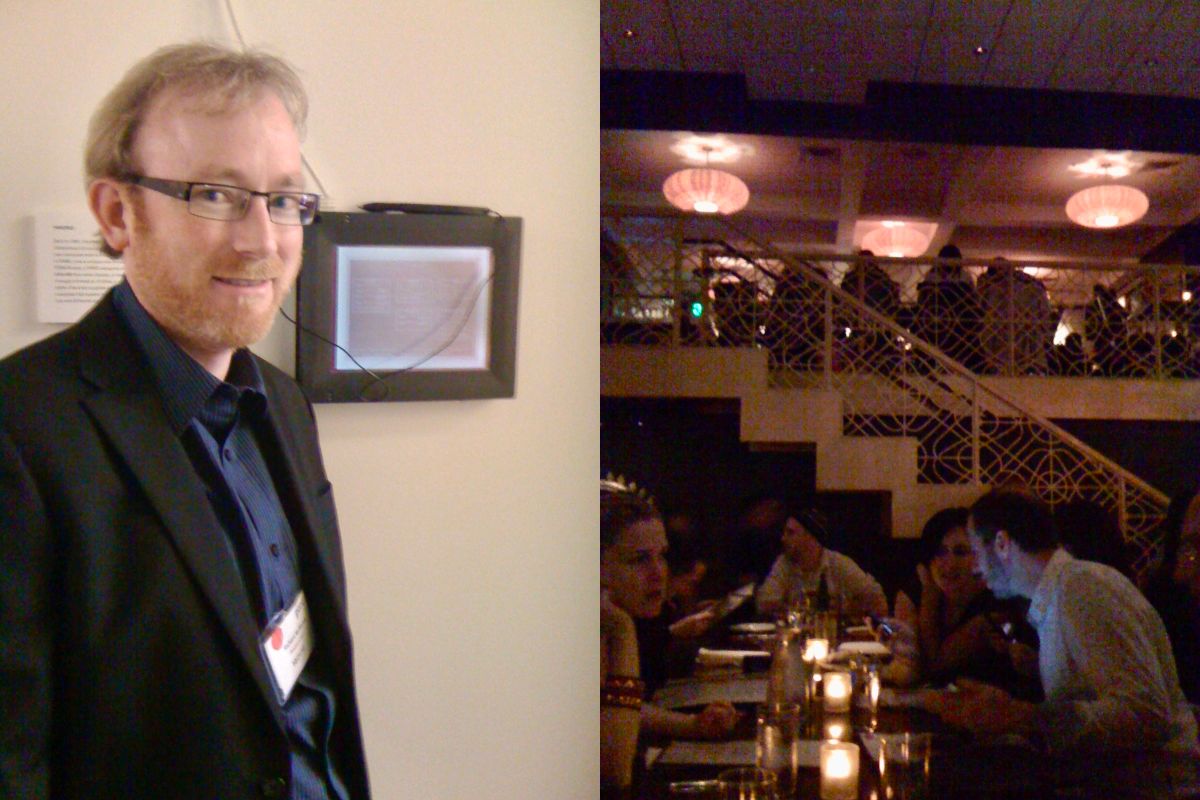
In July, as I was trying to make progress on a number of troublesome fronts—including filling in paperwork for a US working visa and filing court papers for my divorce—I received an invitation out of the blue from Gary Shapiro, the leader of the Consumer Electronics Association (CEA). He was inviting me to serve as a judge at their third annual i-stage competition, which would be held on October 18 at the Fairmont Hotel in San Francisco.
I’d not heard of i-stage before, and I also hadn’t been to the CEA’s better-known Consumer Electronics Show convention, which ran every January in Las Vegas. As far as I could tell, i-stage was a clone of the DEMO conference or (more recently) TechCrunch Disrupt. “Finalists receive three minutes to pitch an audience of technology leaders, investors, press, and you, the judges, all eager to help them break out as the next big thing,” Shapiro said in his email.
I decided to accept the invitation, as it would be something a bit different from usual. I-stage was scheduled just a month before the Web 2.0 Summit; initially I planned to attend both events, but soon I decided to skip the summit. I had a long history with the conference, but the Web 2.0 Expo earlier that year had left me a bit cold.
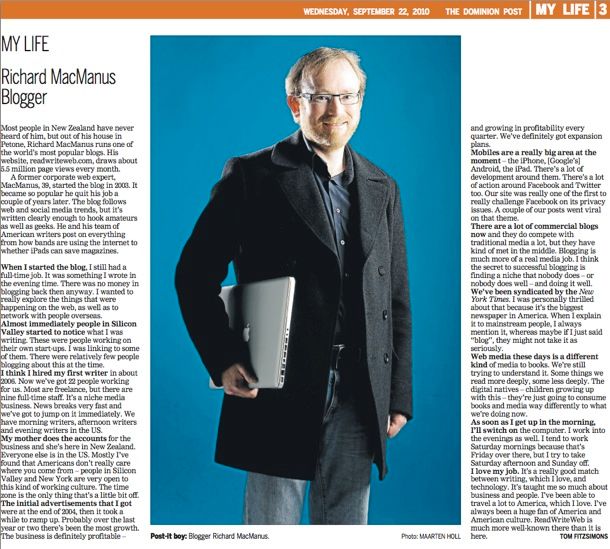
The Fairmont Hotel turned out to be a grand old-fashioned hotel at the top of San Francisco’s Nob Hill. But right from the start, my trip felt off. Partly it was the location—I was used to being near Union Square or Market Street, where I always enjoyed walking in the evenings. I quickly discovered that I preferred my usual rickety hotels on or near Geary Street, for the comfort of being able to freely wander. But also, the event itself didn’t feel quite right. The CEA attracted a different crowd than the Web 2.0 conferences—it was more formal and businesslike and less developer-focused.
I knew one of the other judges, Frank Gruber—a blogger from Chicago who I usually saw at the Web 2.0 events. He was about my age and ran a series of small mixer events called Tech Cocktail. It was good to catch up, but apart from Frank I didn’t see many other people I knew at i-stage.
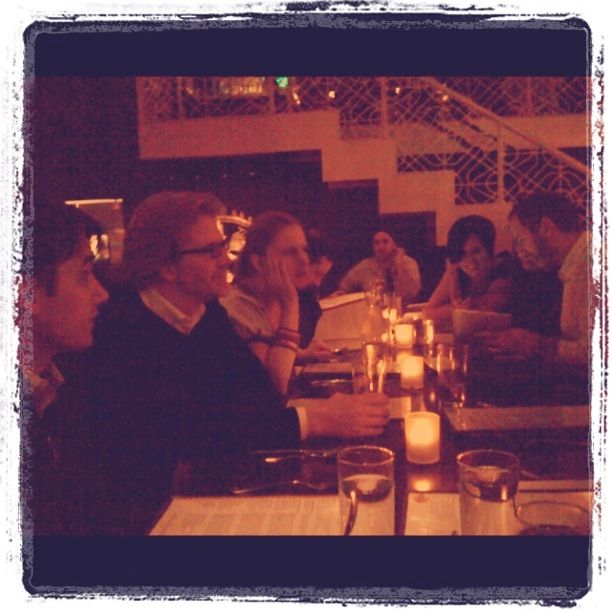
As for the competing startups, they were all peddling consumer electronic devices—as you’d expect, I suppose, from a CES-related startup contest. The runner-up was something called the nPower PEG, described as “a small, lightweight device that recharges your hand-held electronic devices from the kinetic energy you generate while walking, running, or biking.” The winner was a car appliance called AutoBot, which allowed you to control aspects of your car with your smartphone; “It’s encouraging to see advanced Web technology starting to be deployed in cars” was all the enthusiasm I could summon in my RWW writeup dated October 27, 2010.
In truth, none of what I saw at i-stage inspired me as much as some of the Web 2.0 events I’d been to—and there was certainly no “next big thing.” Perhaps I should’ve just gone to the Web 2.0 Summit after all, I reflected.
Richard Goes to PARC
The highlight of my latest Silicon Valley trip was a journey down the 101 to Palo Alto to visit PARC—the Palo Alto Research Center, formerly known as Xerox PARC. The visit had been organized by Sonal Chokshi, who had originally emailed me in late August about attending PARC’s fortieth anniversary celebration event in September. While I couldn’t attend that, I was grateful to her for organizing this tour of PARC—to take in the history of the place—and a few meetings to see what the present-day PARC was working on.
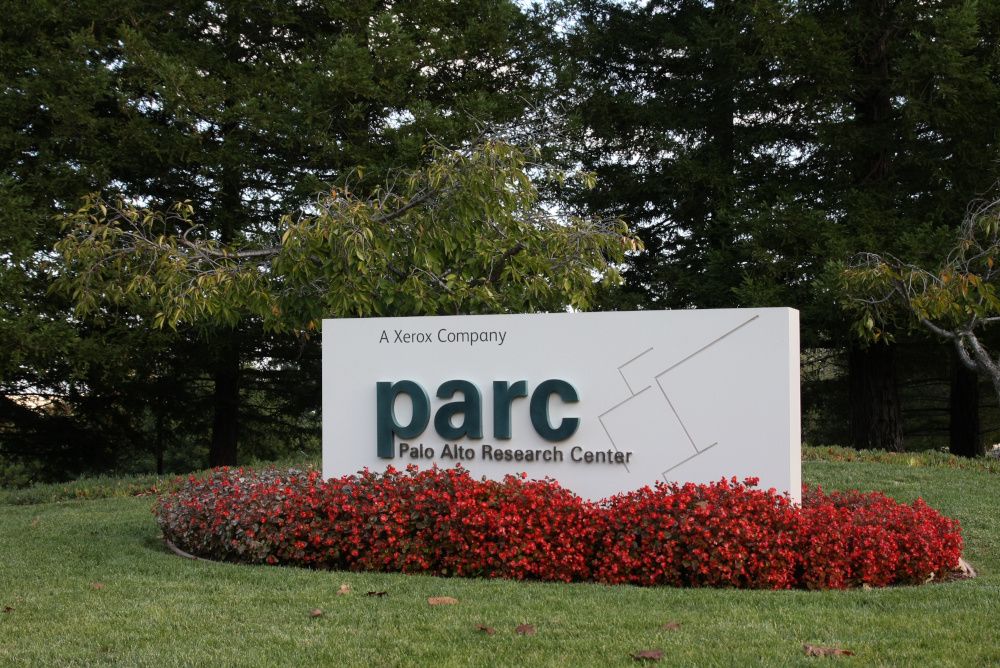
In 2002 PARC had been turned from a division of Xerox into a wholly owned subsidiary company. It was basically a research-for-hire firm, trading on its illustrious reputation from the 1970s. It had become famous in its first decade for inventing a host of technologies that led to the internet age—including the Alto personal computer, the graphical user interface (GUI, famously appropriated by Apple and Microsoft in the early eighties), object-oriented programming (via the Smalltalk programming language), Ethernet, and laser printing.
I took the Caltrain to the California Avenue station and then a taxi to the PARC complex. It was a low, largely concrete complex with green shrubs growing all around its roof ledges. It was mid-autumn, so the greenery was tinged with red and yellow. The colors meshed nicely with the interior decor, which was the usual brown-and-beige color scheme you expected from a 1970s office complex.
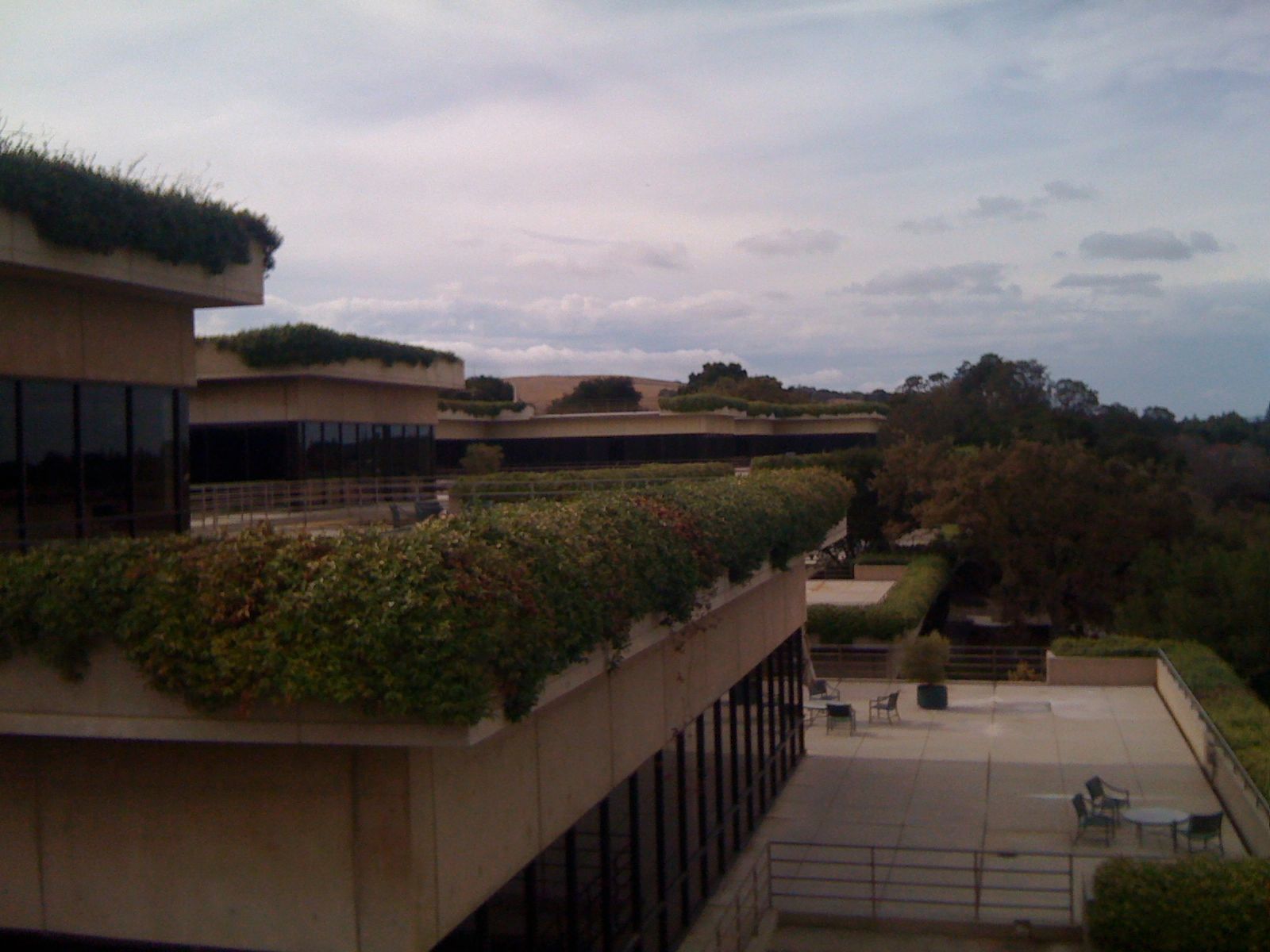
Sonal came down to greet me at reception. A friendly and smart Indian American woman, a couple of years younger than me, she had been in charge of content and community at PARC for nearly six years now. We had lunch in the PARC cafeteria and then she took me on a personal tour of PARC’s in-house museum. As I wandered the exhibits, Sonal encouraged me to take some photos. I self-consciously posed in front of the first Ethernet cable and then the ParcPad—an early nineties forerunner of the iPad—while Sonal snapped a few tourist pics with my iPhone.
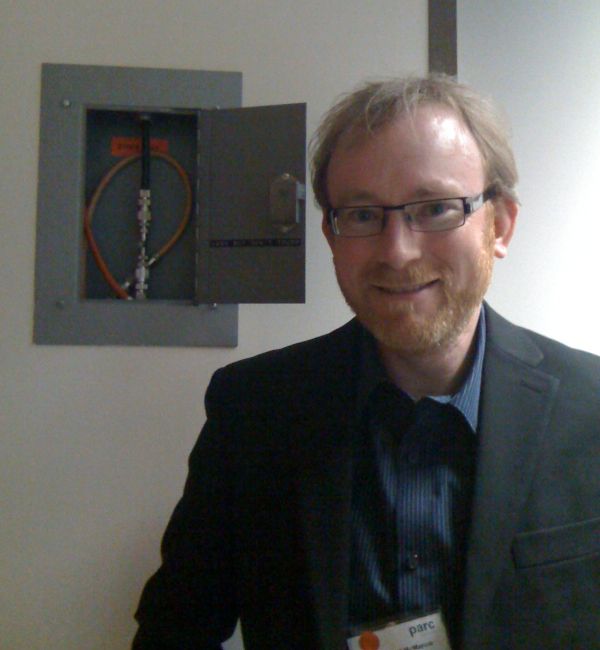
Sonal had organized a few meetings with current PARC projects to fill out my visit. One was with Bo Begole, a computer scientist in his forties who managed the “ubiquitous computing” division—when anything and everything is connected to a computer network. “Ubicomp” was a close cousin of IoT (Internet of Things), a concept I’d been writing a lot about over the past year. Begole excitedly showed me a location-based mobile app his team had developed, Magitti, which he said was currently in commercial trials in Japan. Before I could ask, he quickly added that it went further than popular Web 2.0 apps like Foursquare and Gowalla. As well as using GPS data to figure out where you are, he explained, Magitti computes a user’s preferences and context, then makes recommendations of nearby places to go based on your personal data.
There was no doubt that what Begole showed me was ahead of the curve. “At PARC, we have a natural language parsing technology and we’ve got image content analysis,” he said, a full decade and more before such technology was commercialized in the form of ChatGPT, Stable Diffusion, and other modern AI apps. However, Magitti was destined to fade into obscurity after its brief flurry of fortieth-anniversary-related write-ups in such publications as Fortune and The Register. Instead of Magitti taking over the world, Foursquare adopted the same ideas and commercialized them. History may not repeat exactly, but it certainly rhymes in Silicon Valley.
Foursquare was just starting to ramp up—earlier that very month, I’d called it “one of the trendiest apps of 2010.” Within a few years it became the dominant Silicon Valley location tool. I don’t know if Foursquare took any direct inspiration from Magitti, but nowadays it is better known as an AI-powered data platform for apps like Uber. In other words, it does what PARC demoed to me back in 2010—but on a much grander scale. It took me several more years to fully absorb this lesson about Silicon Valley: that ultimately, it didn’t matter where innovation was born, what mattered was which VC-backed startup commercialized it to a mainstream user base.
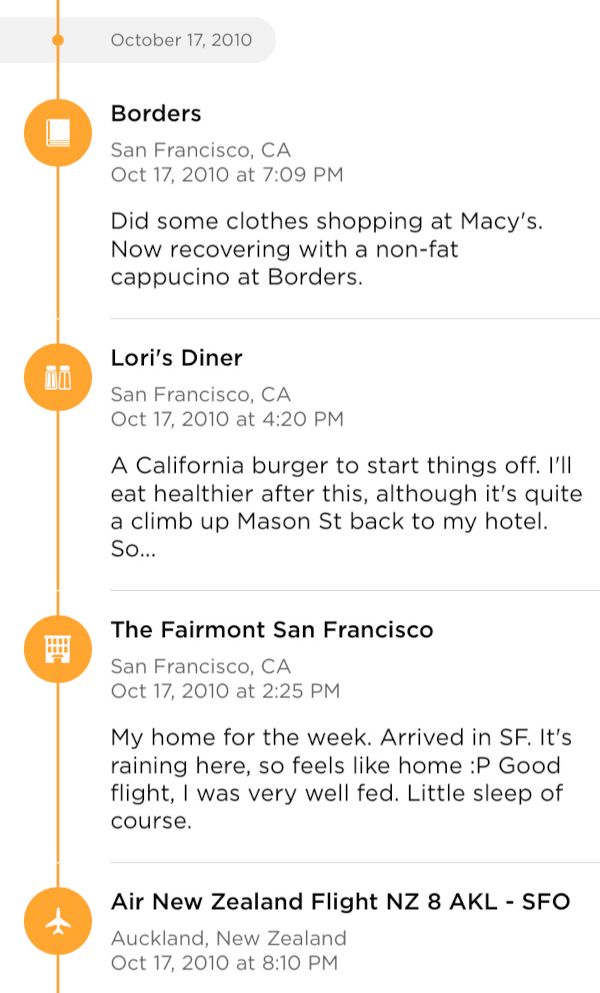
As I walked out of the PARC complex later that afternoon, I chatted with Sonal and thanked her for her hospitality. I could see the taxi I’d ordered waiting for me out front, but just as we were walking out into the sunshine again, it began to drive off. Perhaps it had been waiting there for a while, I don’t know. In any case, I quickly excused myself and ran after the taxi, waving my hands frantically. The driver must’ve noticed me in his rearview mirror, because he stopped a hundred meters or so down the asphalt drive.
When I reached the car, huffing a little, I looked back at Sonal and gave her a wry smile. Clearly, ubiquitous computing hadn’t yet reached the taxi industry. But we both knew it probably would eventually. (Uber launched publicly in San Francisco the following year.)
End of 2010: House Hunting and RWW Planning
As soon as I got home, I focused my attention on house-hunting. I’d been putting it off for months, due to a mixture of travel and trying to sort out my messy personal life.
In early November I found the house I wanted: a three-bedroom bay villa in Petone. It was a corner house and originally built in the 1890s, although of course it had been renovated multiple times since then. Still, it retained much of the charm of an old New Zealand villa. The house was near the Petone foreshore and a ten-minute walk from the local shops, which included a bunch of cafés—so the location was ideal, especially considering that my daughter went to a nearby school.
The exterior of the house was painted spearmint green with pink trim, which the real estate agent told me (after I’d bought it) was off-putting to other potential bidders. But I loved it—to me, the house felt vibrant and arty. The interior was an explosion of colors too: orange, mauve, royal blue, sea green, lemon yellow, and more. I discovered later that the color scheme was inspired by La Boca, a poor but brightly colored neighborhood of Buenos Aires.
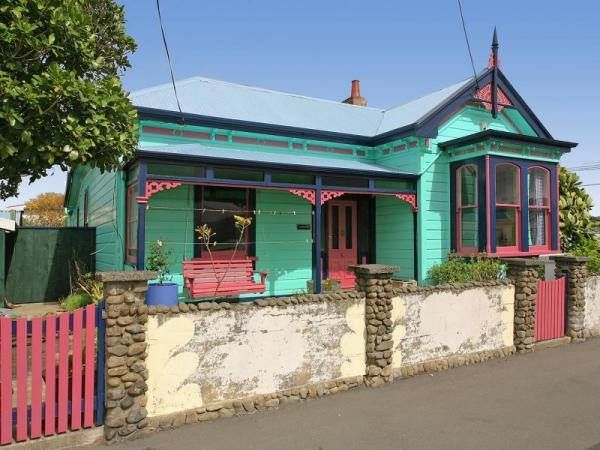
The character of the house was further enhanced, to my mind, by an old stone fence that surrounded its front half. It had been painted in the 1980s by Tony Fomison, an “outsider artist” from New Zealand with whom I quickly identified after a bit of research. Much of his fence work was now faded after many years of salt air and sunshine, but embedded in the abstract yellow and red oval shapes he’d drawn were the faint words many islands one sea, dancing, and music. I didn’t know the full story behind this, but I later read that Fomison had an interest in Māori rock drawings, which bore some resemblance to the curved shapes on the fence.
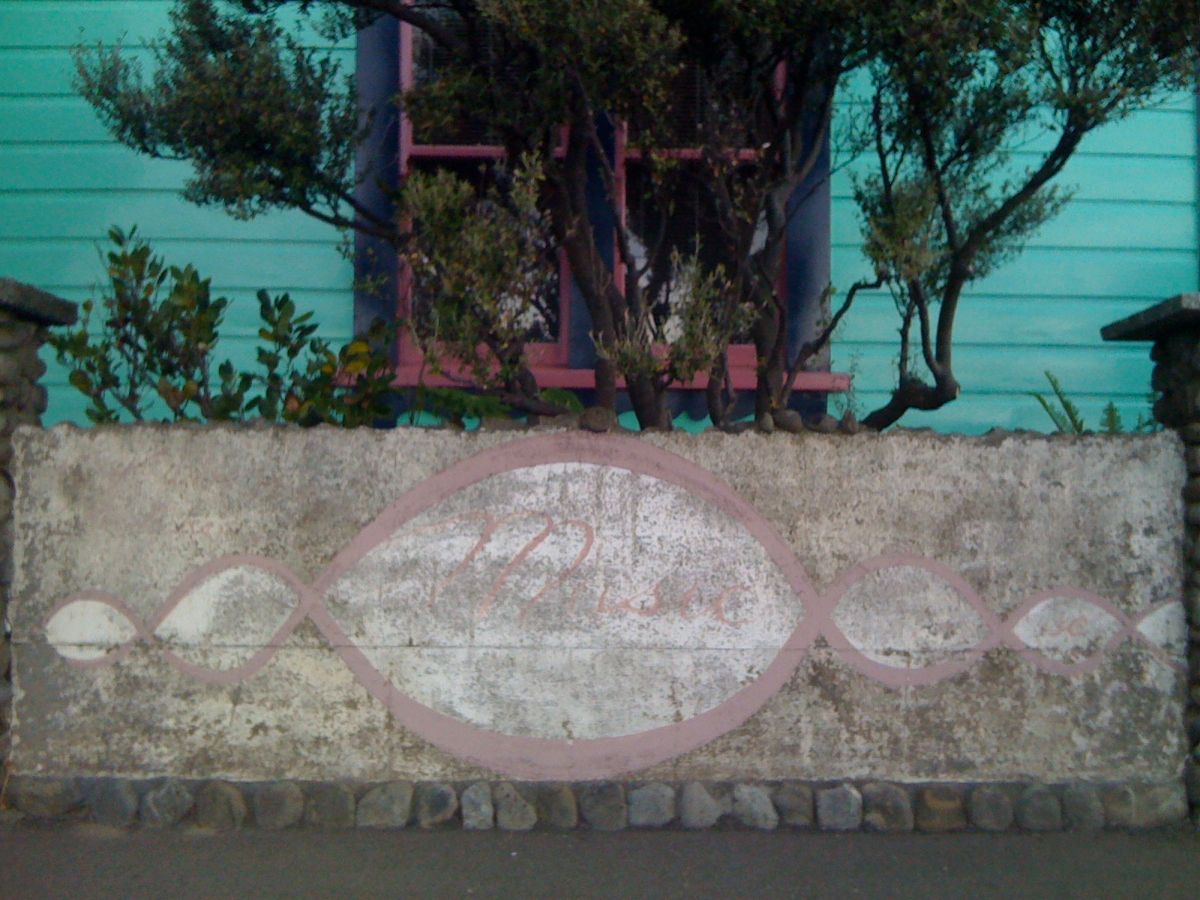
By the end of November I had confirmed the purchase—I’d be moving in early January! Since I was already renting in Petone, I’d come to love the area and was thrilled to have a permanent home base there. I was also looking forward to working from my new home office, which was at the front-right of the house, facing a wide street. It was a spacious, sunny room, so I hoped it would be a nice change of scene for me heading into 2011.
Things were looking sunny and optimistic on the business front too. In December RWW had its best-ever traffic month. We hit 5.6 million page views, with about 3 million of those being unique visitors. Despite losing Frederic at the end of that month, we had a talented and hardworking crew of writers. Five of them were now full-time with RWW: Sarah, Alex, Audrey, Klint, and Mike. So we were in a great place.
By the end of 2010 we’d also decided to unpause our events calendar. We began planning another New York event for Q2 2011, which would be our biggest yet. We already had a location; Sean had recently visited Columbia University, which had offered us an event space. With the location confirmed, along with the renewed confidence in our business from our December page-view numbers, we decided to get ambitious with the event format. Our goal was to create a hybrid event—a mix of unconference and traditional programmed conference. We would run it across two days, making it our first multiday event. To complete the grand vision, we made the theme of the event “The future of the Web.”

As I usually did at this time of year, I created a Google Doc that outlined our business goals for the coming year. One of these goals was to sell the company by Q1 or Q2 of 2012. Both Sean and Marshall were on board with this. I knew that Sean, in particular, wanted to work toward an acquisition—having a successful exit for RWW would be a nice thing to add to his résumé, given his personal ambition to become a VC. I didn’t know Marshall’s true feelings on the subject, but he was as focused on growing our business as Sean and I were—and acquisitions in the tech-media business were commonly viewed as a logical end point.
As for me, I still thought scaling RWW would be easier under US ownership, given all the legal and accounting hassles I’d been dealing with in recent years. I also thought, perhaps naively, that selling RWW would finally put an end to the divorce saga and give me a form of freedom that I didn’t yet have.
Before the year was out, there was one more surprise—but a much less pleasant one. In mid-December I went to see my doctor about a piercing pain on my left side, near my groin. It was a Thursday and I’d had a terrible night’s sleep. I’d woken up in the early hours, clutching my side, then crawled to the toilet and fell unconscious next to it. My doctor informed me that it was a hernia and I’d need to go to the hospital straight away. I ended up being booked in for surgery on Monday.
So, rather than a triumphant end of the year, I spent Christmas week getting hernia surgery and recovering, very gingerly.
I had a quiet New Year’s Eve, alone in my shabby rented cottage in Petone. I didn’t have a girlfriend at this time, and anyway I’d always struggled with New Year’s Eve—I’d had a couple of awful drunken experiences on it when I was young. So I was feeling pensive and still smarting a bit from my hernia wound.
For all that, I felt cautiously optimistic about what 2011 might bring. Sure, there might be more bumps along the road for me and for RWW, but I was up for continuing the ride.
This post is part of my serialized book, Bubble Blog: From Outsider to Insider in Silicon Valley's Web 2.0 Revolution. View table of contents.
Next up: 057. SXSW 2011 and Dealing With RWW Editorial Challenges
Buy the Book
My Web 2.0 memoir, Bubble Blog: From Outsider to Insider in Silicon Valley's Web 2.0 Revolution, is now available to purchase:
- Paperback, US$19.99: Amazon; Bookshop.org
- eBook, US$9.99: Amazon Kindle Store; Apple Books; Google Play
Or search for "Bubble Blog MacManus" on your local online bookstore.